Young farmers and fishers, a plight in agriculture
It is rare to encounter nowadays a member of the youth who has a passion for agriculture. Many young adults consider farming unprofitable, favoring jobs and livelihood in the city. This perception is inevitable given the situation of farmers and fisherfolk in the country.
The 2017 Philippines Statistics Authority (PSA) data reported a consistent poverty incidence among the 14 basic sectors in the Philippines.
Republic Act 8425, or the Social Reform and Poverty Alleviation Act, defines the basic sectors as the disadvantaged sectors of Philippine society, namely farmer-peasant, artisanal fisherfolk, workers in the formal sector and migrant workers, workers in the informal sector, indigenous peoples and cultural communities, women, differently-abled persons, senior citizens, victims of calamities and disasters, youth and students, children, urban poor, cooperatives, and non-government organizations.
Among the fourteen basic sectors, farmers, fishermen, and children belonging to families with income below the official poverty threshold or poor families posted the highest poverty incidences in 2015 at 34.3%, 34.0%, and 31.4%, respectively.
These three sectors were record-consistent in 2006, 2009, and 2012. Also, 5 of the 14 basic sectors consisting of farmers, fishermen, children, self-employed and unpaid family workers, and women, belonging to poor families, had higher poverty incidence than the general population estimated at 21.6% in 2015.
This prevalent condition leads to a lack of interest among the next-in-line practitioners that would want to be involved in the field, especially since economic opportunities that expand outside agriculture are considered one of the factors in the decline of the overall poverty rate in the Philippines as reported by the World Bank (2018).
This reality discourages engagement in the agriculture workforce. The continued trend of the aging rural population that threatens food security is not a unique circumstance in the Philippines, as this is also a trend in many farming countries where agricultural holders, meaning those who control and manage agricultural holdings are over the age of 55, recording a 27.5% average globally (Ottosen, 2014).
While many others choose urban life, some emerging practitioners give hope to the aging workforce in the Philippine agricultural scene.
Aging farmers and fishers
Barely a senior citizen, 53 is the average age of the country’s 11 million farmers and fishermen according to a 2021 study conducted by Florencia Palis of the University of the Philippines (UP) in Los Baños.
The findings in the study “Aging Filipino Rice Farmers and Their Aspirations for Their Children,” showed that Filipino farmers are aging fast and more than 65% of interviewed farmers do not wish for their children to follow in their footsteps. This implies that there might come a time when the country will not have enough farmers and fishermen to produce food, which poses a threat to the country’s food security (Palis, 2020).
Encouraging the younger generation to view agriculture and fisheries as viable business ventures requires information dissemination, training, and empowerment.
The Department of Agriculture (DA) in Western Visayas has a program called Kapital Access for Young Agripreneurs or KAYA. Under the program, through the Agricultural Credit Policy Council (ACPC), DA will provide up to Php 500,000 capital access to fresh agriculture graduates (Tayona, 2021).
The DA is also offering scholarship programs, especially to the children of farmers and fisherfolk, through its Agricultural Competitiveness Enhancement Fund (ACEF), Agricultural Training Institute (ATI), and the Bureau of Fisheries and Aquatic Resources (BFAR). Under these scholarship programs, the beneficiaries have to take up Agriculture as a college course or any agriculture-related courses.
The ATI, an attached agency of the DA, has qualified three children of farmers from Western Visayas, particularly from Barangay Agusipan, Badiangan, Iloilo; Oton, Iloilo; and Negros Occidental as scholars to be sent to Taiwan to undergo technical training on farming.
Meanwhile, another new program of the DA which also aims to develop competent, highly skilled, and employment-ready agribusiness professionals and entrepreneurs is the Mentoring and Attracting Youth in Agribusiness (MAYA) internship program.
Recently, out of 198 applicants in Western Visayas, 16 have qualified. The MAYA program, conceptualized by the DA in 2020, will provide experiential learning and mentoring to agriculture graduates aged 20 to 30 years old.
“After the one-week basic orientation and expectation setting, they will have the leeway to choose between employment track or entrepreneurship track as their internship pathways,” as stipulated in Memorandum Circular No. 14 series of 2020 by Agriculture Secretary William Dar.
The DA, through the Bureau of Agricultural Research (BAR), listed 808 qualified MAYA interns nationwide who applied online. Of these, 4 were from Aklan, 1 from Capiz, 5 from Iloilo, and 6 from Negros Occidental.
Attracting youth to modern agriculture
Capturing the interest of the youth in farming remains a major challenge to the agriculture sector. Their contribution could serve as an imperative foundation to sustain the food demand-and-supply cycle and ensure responsible resource management in the future.
Among the major impediments to engagement is the lack of resources or access to land, capital, skills, and technology. Youth perceive farming as a “not financially rewarding” occupation and they are not involved in making decisions for the farming activities of their families. These stereotypes need to be changed (Pedrosa, 2014).
In the educational system, according to the Southeast Asian Regional Center for Graduate Study and Research in Agriculture (SEARCA), outdated curricula, outmoded research, and inadequate academic facilities are among the significant issues hindering the involvement of the youth in agriculture that affects the agricultural human resources in Asia.
However, there are a number of ways to attract the youth to the agricultural sector, which remains one of the most vulnerable segments in the country.
Modernized training and practical skills must be provided including access to information through the internet, as well as repackaging agriculture course curriculum attuned to the current challenges in the sector. Support services such as the provision of incentives to engage in agriculture, and more specifically, agribusiness – for example, through an internship, apprenticeship, and training programs to prepare the youth to lead and manage agribusinesses – are also crucial in this regard and it is where the government can help.
Originally founded in the United States in 1901, the 4H (Health-Heart-Head-Hand) Club is an organization of rural youth, primarily out of school youth, involved in agricultural and other income-generating projects.
Since its establishment, the 4H Club has been adopted by many countries, including the Philippines, further expanding its network of rural-based organizations (RBOs). Republic Act 680 created the Bureau of Agricultural Extension which marked the start of 4H Club work in the entire country.
The Beginning: DA-SAAD experience
In Negros Occidental, a group of youth in the far-flung village of Lalong in Calatrava, Negros Occidental is making a buzz in the agricultural labor landscape in the province. Lalong has 2,615 residents with the highest population from the age group of 15 to 19 years old. Most youths in the area opt not to pursue tertiary education as they are more inclined to till the lands owned by their parents.
Due to its remote location, the community also seldom receives agricultural assistance programs from the government.
These challenges prompted the young populace in the community to form an organization aimed to provide a space that fosters collaboration as well as empowerment to young people through agriculture ensuring their recognition and visibility.
They have 35 active members mostly aged 13 to18 years old who are all into rural farming. Based on the policies of the group, membership is open and voluntary and is available to anyone 13 to 30 years old.
The said group is a youth development component of its provincial forerunner, 4H Club Negros Occidental Chapter.
To encourage active participation of RBOs, the DA Regional Field Office (RFO) Western Visayas is actively implementing the DA Central Office’s mandate under Administrative Order No. 17, Series of 2019 which is aimed at the attainment of a participatory and sustainable agriculture sector through the provision of extension-related activities on work-oriented values, leadership skills development, and entrepreneurship.
With that, in 2021, the group received three bucks, 19 does, and a set of drugs and biologics from the Department of Agriculture – Special Area for Agricultural Development (DA-SAAD) Program’s Goat Production Project.
Twenty-year-old James Manayon, president of the group, said they pursued goat raising because of its simplicity, requiring a low production cost that a young adult can get involved in. In their community, goats are multi-purpose animals and are used in meat and milk production. They are easy to breed and manage and may be raised together with other livestock.
According to Mr. Manayon, goats are smaller-sized animals, and they require lesser space as compared to other domestic livestock. Aside from having lesser housing demands, he cited that goats multiply faster in a short period as they are capable of giving birth to as many as five kids, which is in line with the group’s goal to establish a multiplier farm and eventually sell the ruminants for breeding and meat consumption.
Most of the 4H Club Lalong members allowed their goats to graze in the field using a few meters of rope (tethering system). Since goats are prone to pneumonia and other illnesses, each caretaker built a simple shed to provide shelter.
Mr. Manayon emphasized that proper feeding and clean water are important for the goats’ health since it affects the growth and breeding performance of the animals. Their goats also get most of the nutrients they need from grazing and browsing six to eight hours a day which also helps clear weeds and encroaching bushes. Meanwhile, each of the caretakers also practices regular provision of supplementary feed and monitoring to prevent diseases.
On top of their tasks for goat production, these youths also maintain backyard gardens planted with vegetable crops such as tomato, okra, and eggplant. Ten members who are full-time high school students are also juggling their studies and farm work. Since schools across the town are still closed indefinitely, the Lalong youth would wake up early in the morning to manage their plants, graze their goats, and feed their chickens before working on their modules.
Even though goats are valuable livestock as a source of meat, the group acknowledged there are major obstacles to its production.
They reported mortality among their goat stock due to an illness in October 2021. The caretaker observed that the milk duct of the parent stock got clogged and infected due to the movement of milk through the mammary glands.
The group sought assistance from the para-veterinary worker in their village as well as the Municipal Agriculture Office (MAO). Though the affected doe and its two offspring died, no further mortality was recorded.
According to Manayon, the training provided by SAAD greatly helped to properly manage their stocks. They implement good animal husbandry practices such as regular cleaning and disinfection.
Through their hard work and labor, the 4H Lalong Club was able to increase its stocks to 46 from 22 head. Currently, their livestock project has yet to generate income but they are all hopeful they could earn extra money from trading goats.
“Sa pagkakaron, naa pa kami sa proseso sa pagpalambo sa among mga kanding aron mas modaghan pa ang among stock. Pag-abot sa panahon nga moabot ug kapin sa 100 ka ulo, ibaligya namo sa mga interested buyers,” (Right now, we are still in the process of breeding our goats so we could further increase our stock. When the time comes that our stock reaches more than 100 head, we will sell it to interested buyers,) said Manayon.
Mr. Manayon also shared some of the aspirations of the club members. He acknowledged that even though life might be challenging for most of the rural youths in their barangay, they are still aiming to finish their studies until college in a bid to uplift their families from poverty.
“Kadaghanan sa mga pamatan-on dinhi wala makatapos sa ila nga degree sa kolehiyo ug gusto namong untaton kini nga cycle. Bisag lisod ang among kinabuhi dinhi, wala mi mohunong sa pagpangandoy ug pagkab-ot sa imong mga goals sa kabuhi pinaagi sa edukasyon.”
(Most of the youth here were not able to finish college and we want to stop this cycle. Although our life here is hard, we don’t stop dreaming and achieving our goals through education.)
Profit-sharing policy
To sustain the project, the association formulated a profit-sharing policy where each of the 14 members is required to pay a Php 500 fee every year as well as share 50% of their eventual profit to the association once their goat project becomes an income-generating livelihood. Once the parent stock gives birth, they are also required to give back one offspring to the association. To date, 11 goats have already been returned to the association for the planned communal multiplier farm.
A Chance to Make a Difference
Despite the decline in interest in agriculture as a career path, there are still young adults engaged in farming and fishing. These sectors offer the young generation a chance to make a difference by growing enough food to feed the growing population. To encourage others to join the agriculture and fishery sectors, it is vital that they are given a voice, and that government implementers take note of what they have to say.
Digital technology and digital financial services have the potential to bring youth closer to the said sectors. Agencies, such as the DA and its affiliated organizations and other players in the ecosystem focused on promoting agriculture needs to deliberately create an attractive and enabling environment for youth through the following activities or programs (Njeru, 2019):
- Sustainable market linkages between rural young farmers and urban markets through e-commerce or m-commerce platforms;
- Adoption of digital platforms that offer an opportunity for embedded social services that could compensate for the lack of financial and non-financial services and provide social protection, such as platforms that offer embedded unemployment insurance or health insurance;
- Specialization in service provision—information, data, and value chain linkages;
- Special support to build value addition, capacity-building, and idea incubations;
- Efficiency in agriculture value chains that will spur growth in the trade margins and returns and thus encourage youth to engage fully in the sector;
- Working with financial service providers to develop financial tools and products that facilitate access to finance for agriculture-related activities by youth; and
- Positioning the youth in risk management mechanisms among smallholder farmers and agri-businesses, along with selected agriculture value chains.
Particularly, this impels decision-makers to give the youth a chance to offer their opinion and experiences in the policy creation and discourse for rural development. In this way, they can show other young people that farming and fishing can be a rewarding career as well as highlight the important role of agriculture in nation-building and on a global scale. ###
Author: CJ Gamarcha, SAAD 6 Information Officer
References:
History of 4H. (n.d.) retrieved from https://sites.google.com/site/kcnhs4hclub2014/history-of-4h
Njeru, J. (2019). Youth in agriculture: how to engage and retain youth in agricultural activities retrieved from https://www.microsave.net/2019/08/12/youth-in-agriculture-how-to-engage-and-retain-youth-in-agricultural-activities/
Ottosen, S.H. (2014). The ageing of rural populations: evidence on older farmers in low-and middle-income countries retrieved from https://www.helpage.org/silo/files/the-ageing-of-rural-populations-evidence-on-older-farmers-in-low-and-middleincome-countries.pdf
Palis, F. (2020). Aging Filipino Rice Farmers and Their Aspirations for Their Children. Philippine Journal Science retrieved from Aging Filipino Rice Farmers and Their Aspirations for Their Children (dost.gov.ph)
Pedrosa, S. (2014). IYFF marks a ‘green push’ to attract youth into agriculture retrieved from https://www.xu.edu.ph/xavier-news/24-2014-2015/1338-iyff-marks-a-green-push-to-attract-youth-into-agriculture?msclkid=6af34623d0f211eca846519ba7891d4d
Philippine Statistics Authority. (2017). Farmers, Fishermen, and Children consistently posted the highest poverty incidence among basic sectors retrieved from https://psa.gov.ph/poverty-press-releases/pr/2015%20Basic%20Sectors
Tayona, G. (2021). WV farmers getting old; but where are their successors? retrieved from https://www.panaynews.net/wv-farmers-getting-old-but-where-are-their-successors/
World Bank. (2018). Philippines’ Poverty Rate Declines; More Well-Paying Jobs and Opportunities Needed retrieved from https://www.worldbank.org/en/news/press-release/2018/05/30/philippines-poverty-rate-declines-more-well-paying-jobs-and-opportunities-needed

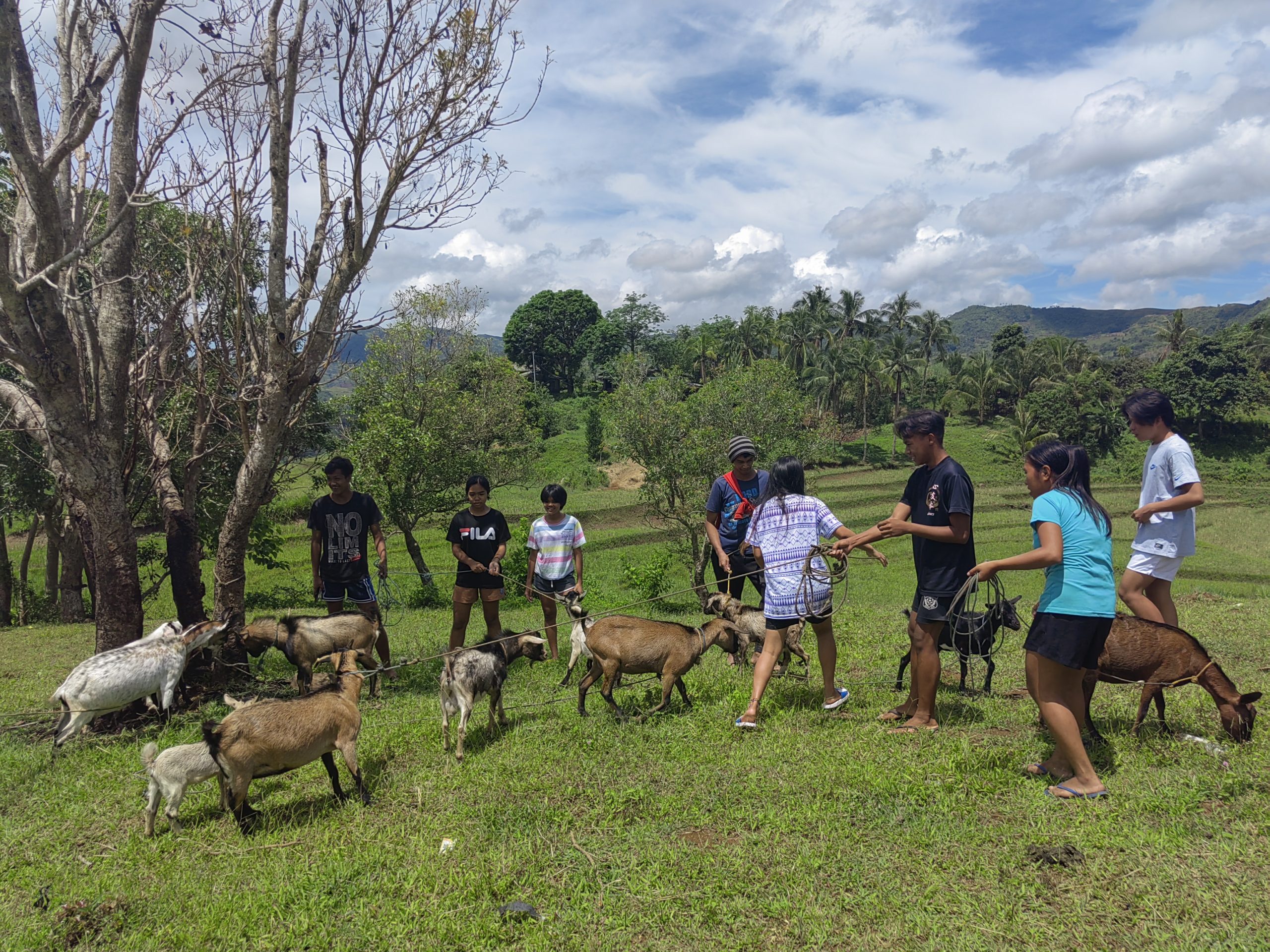
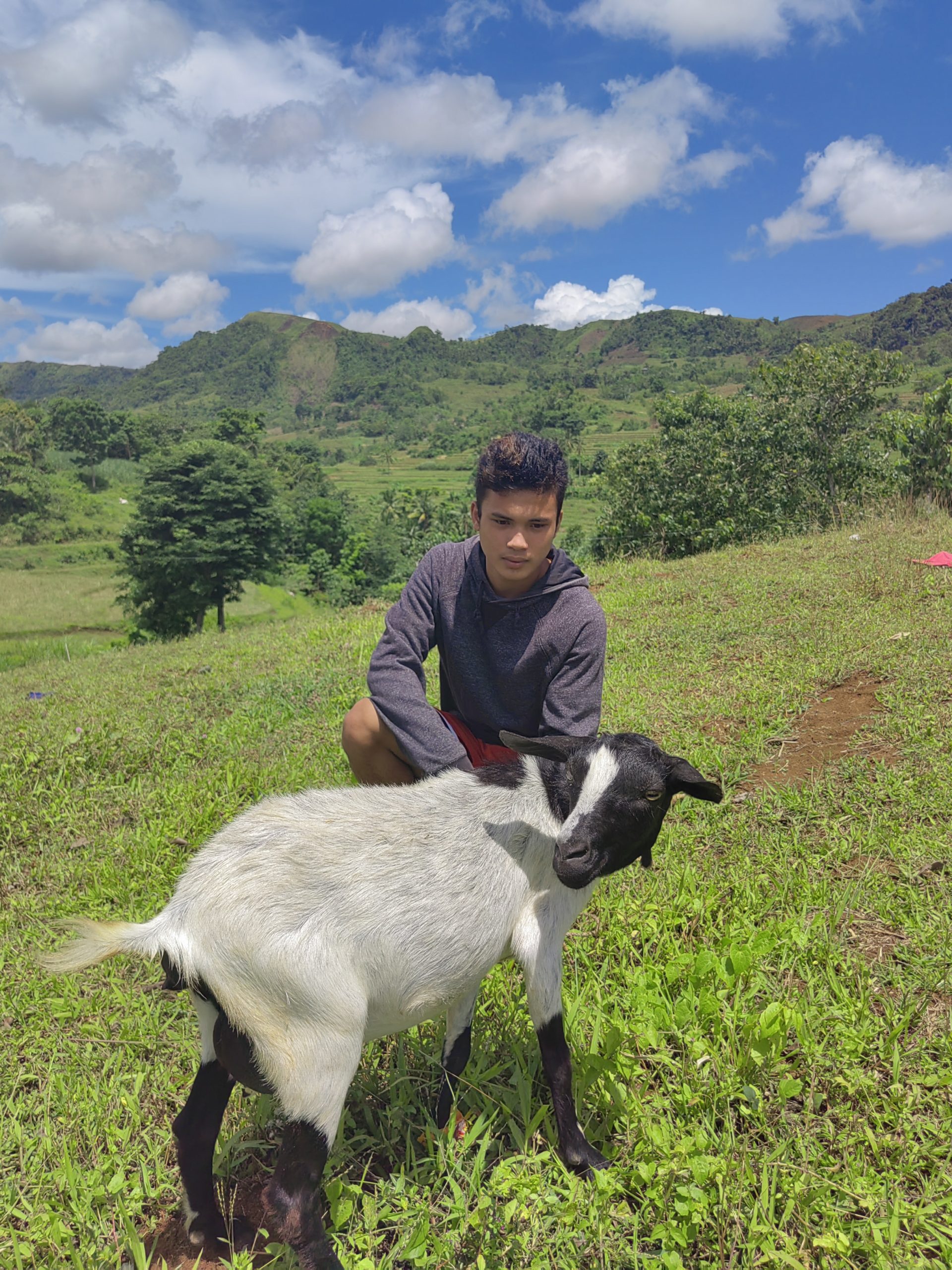
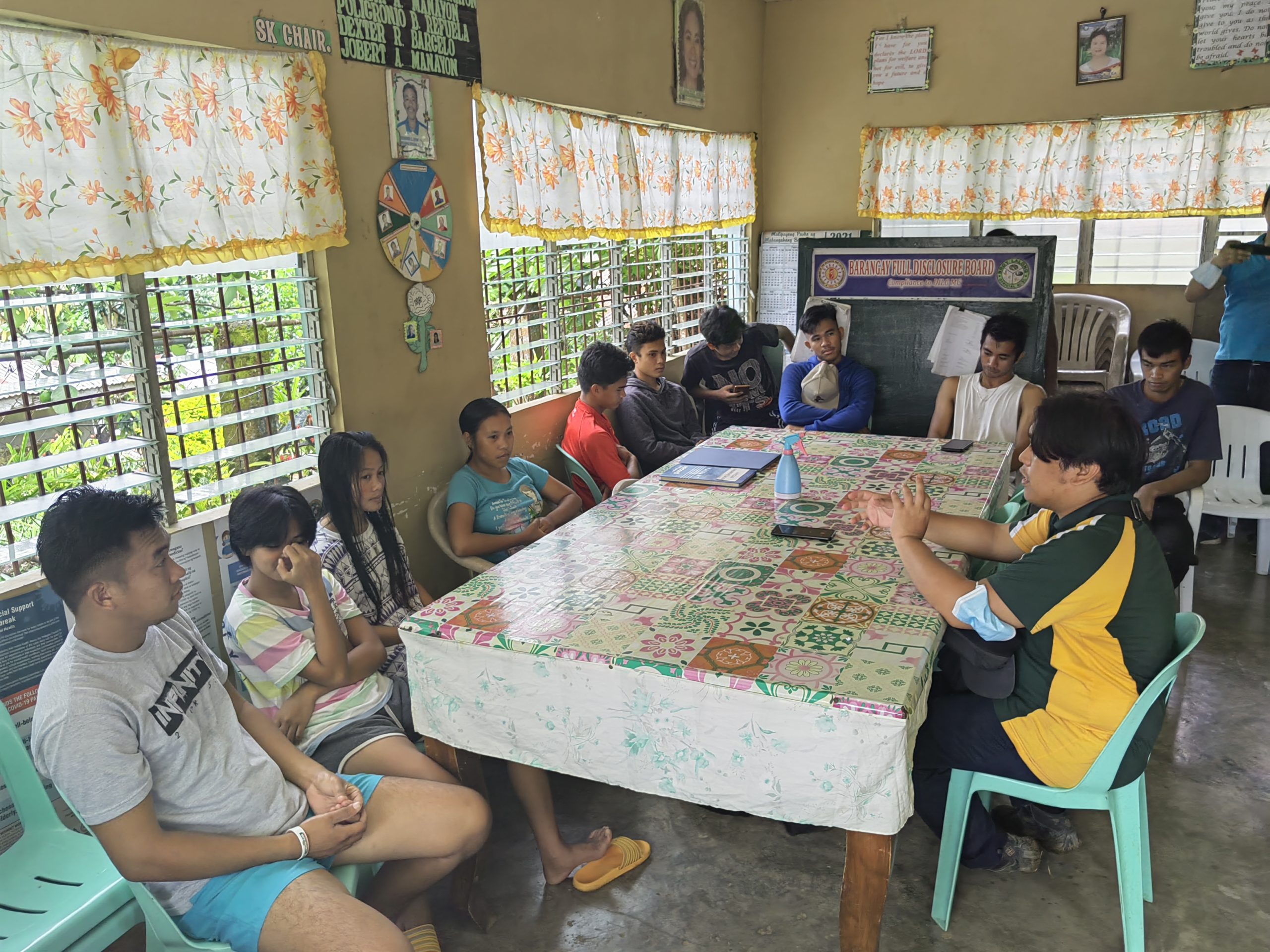
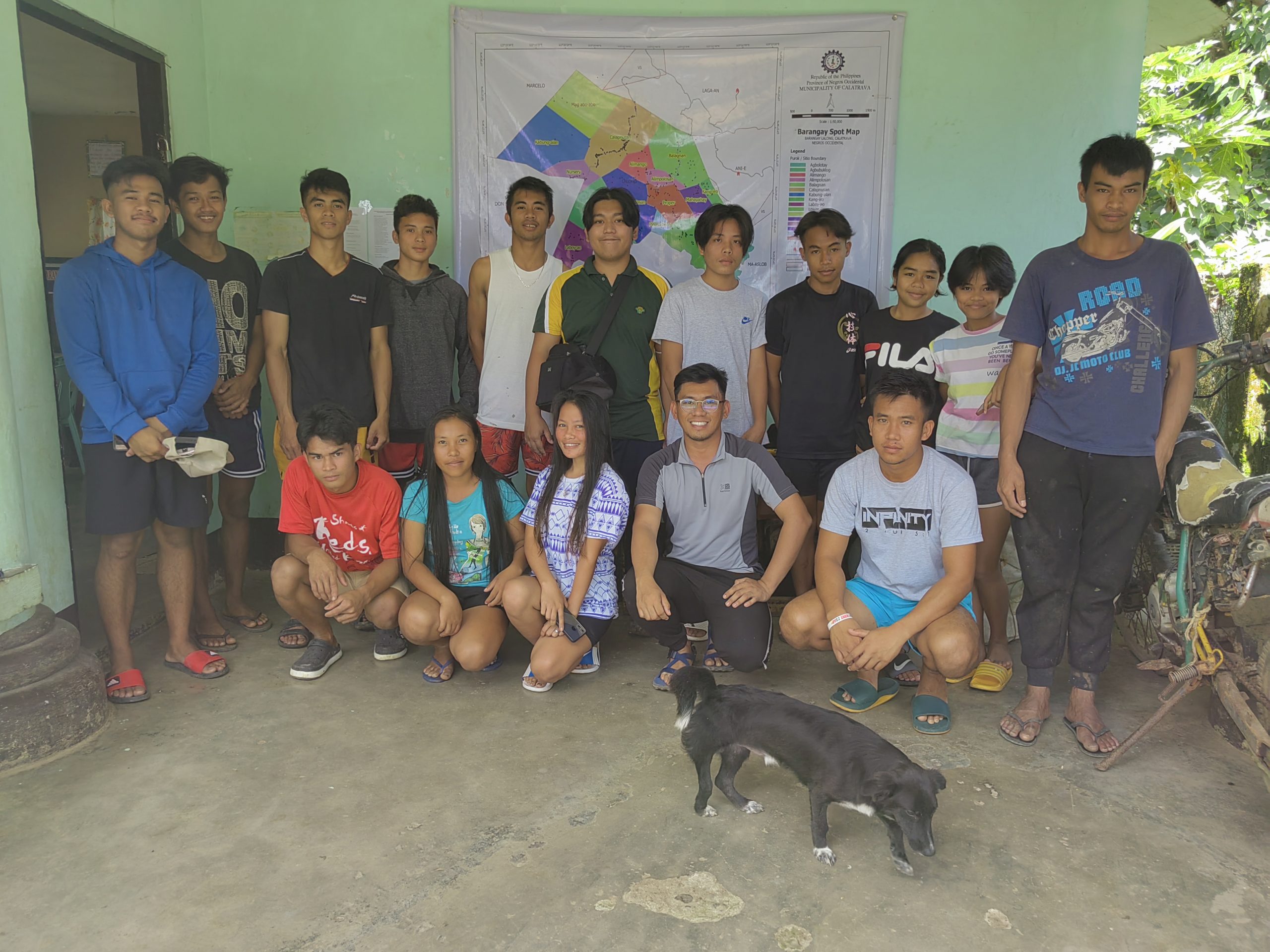
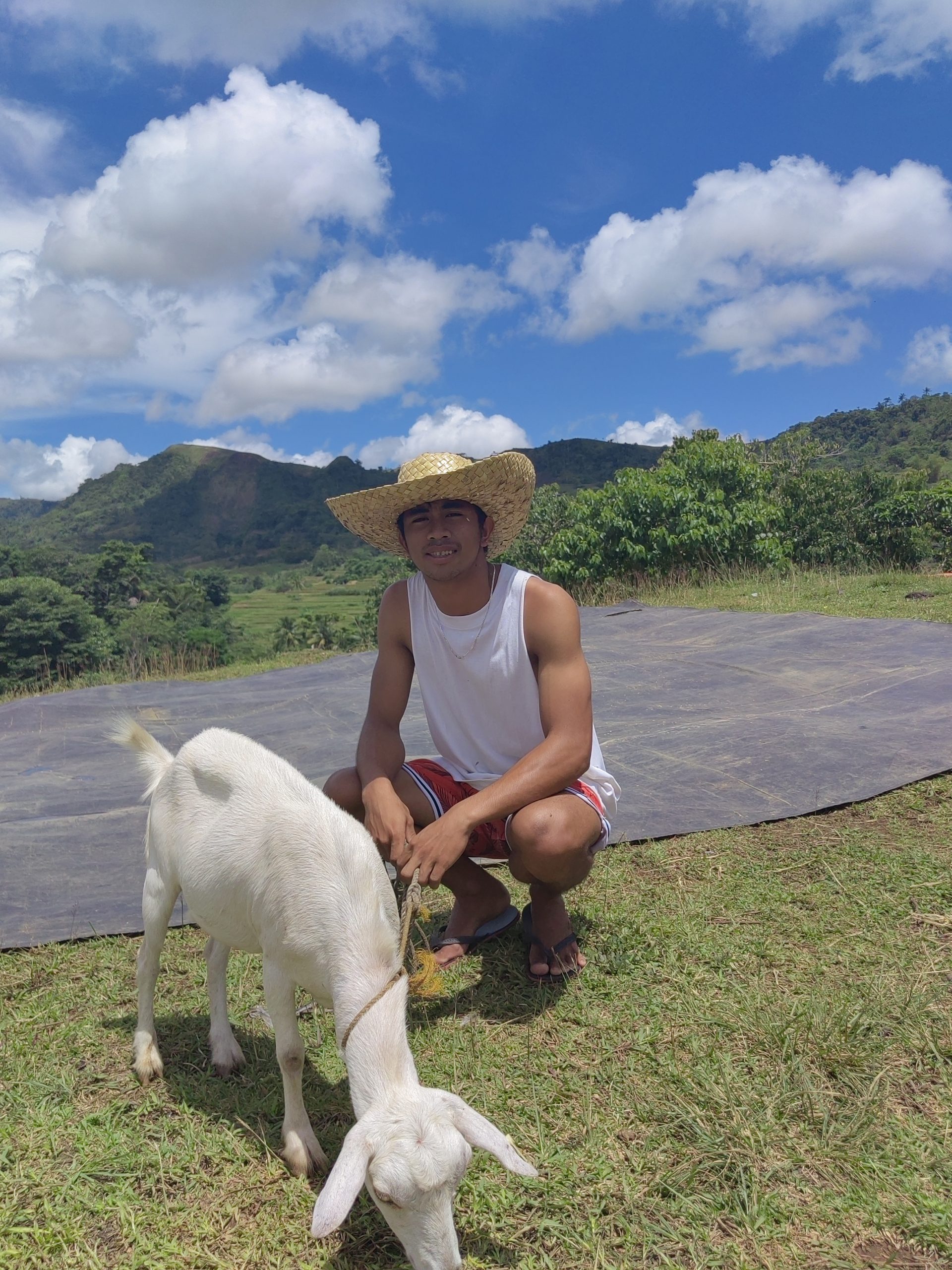
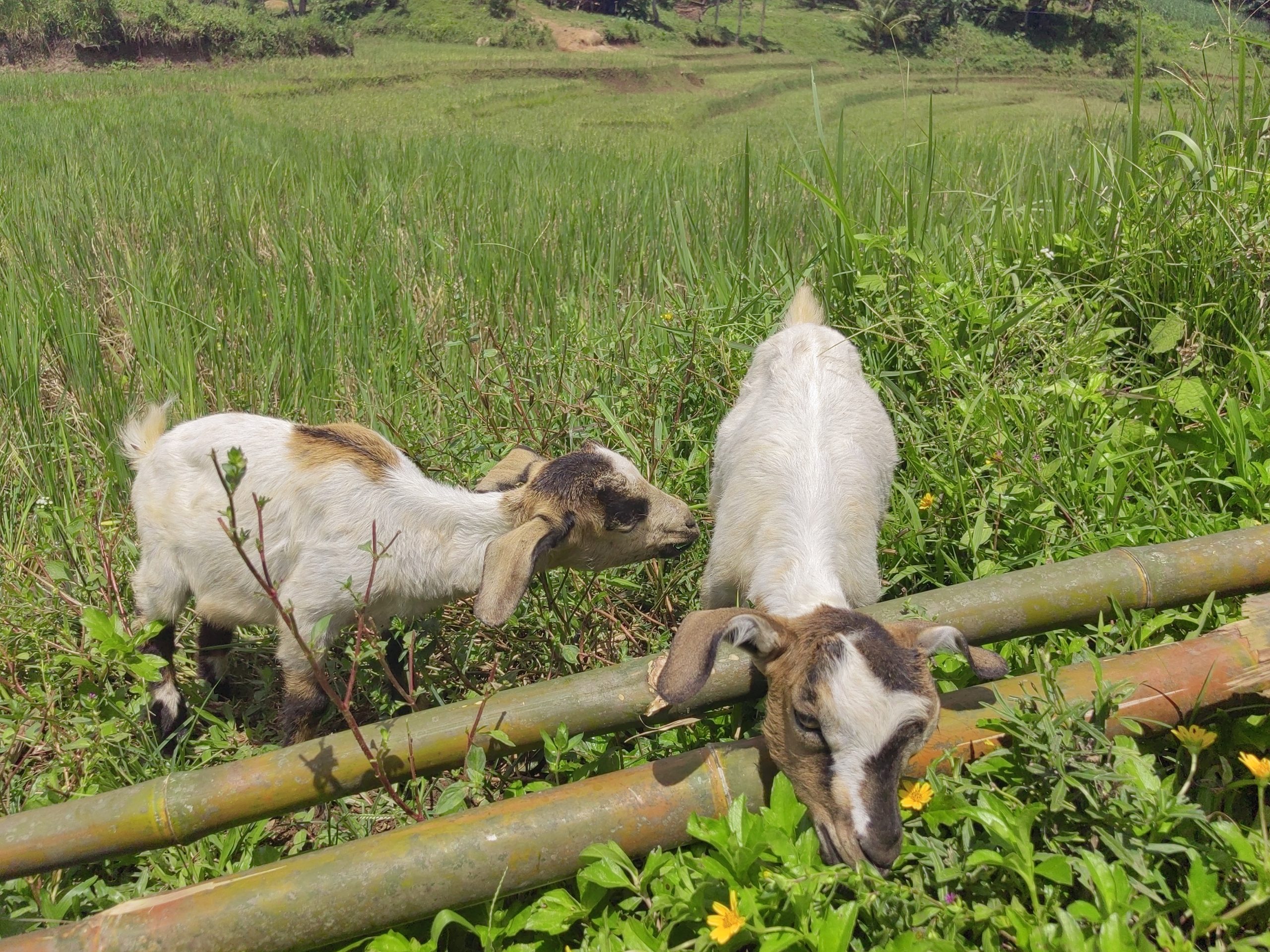
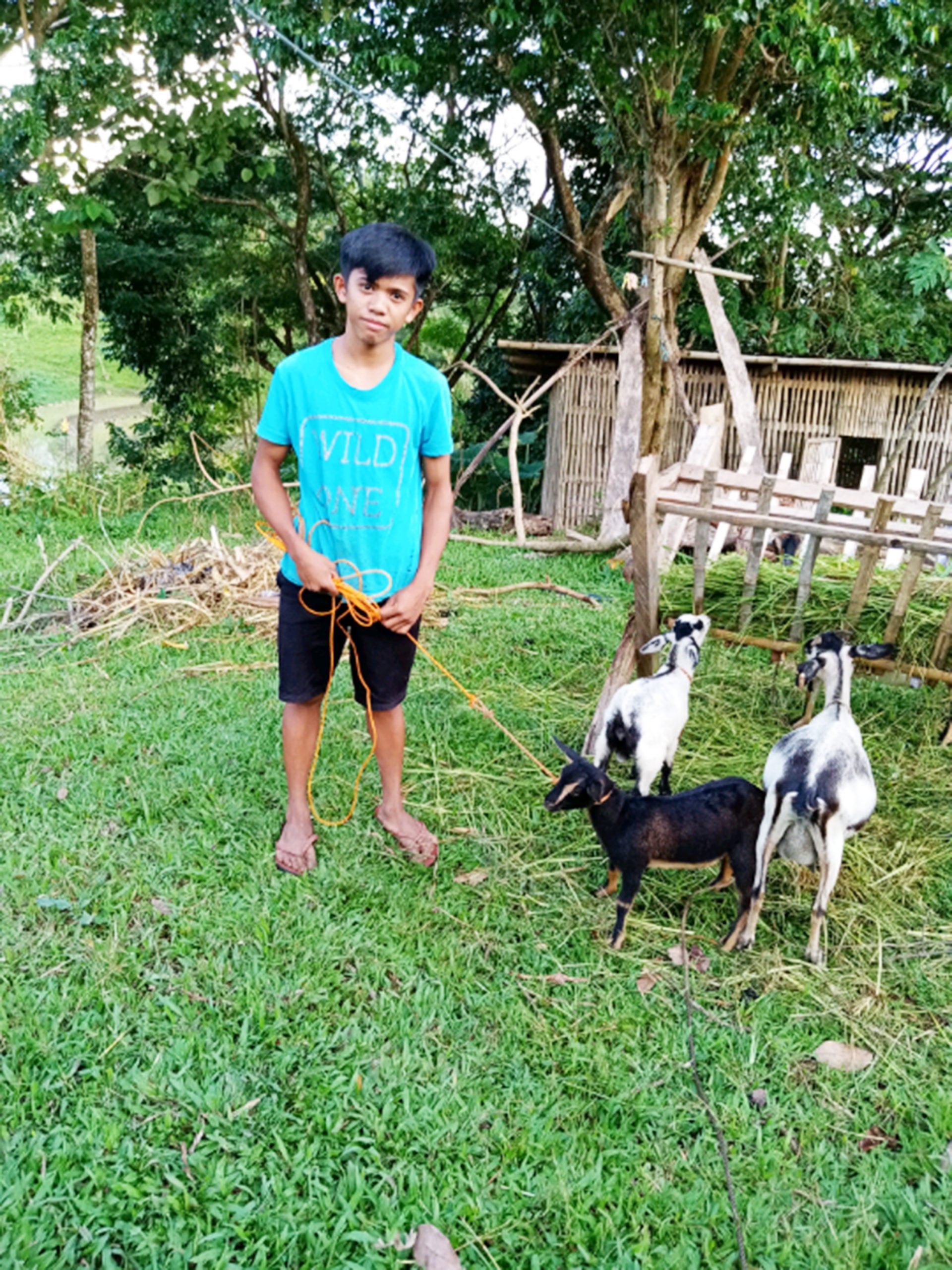
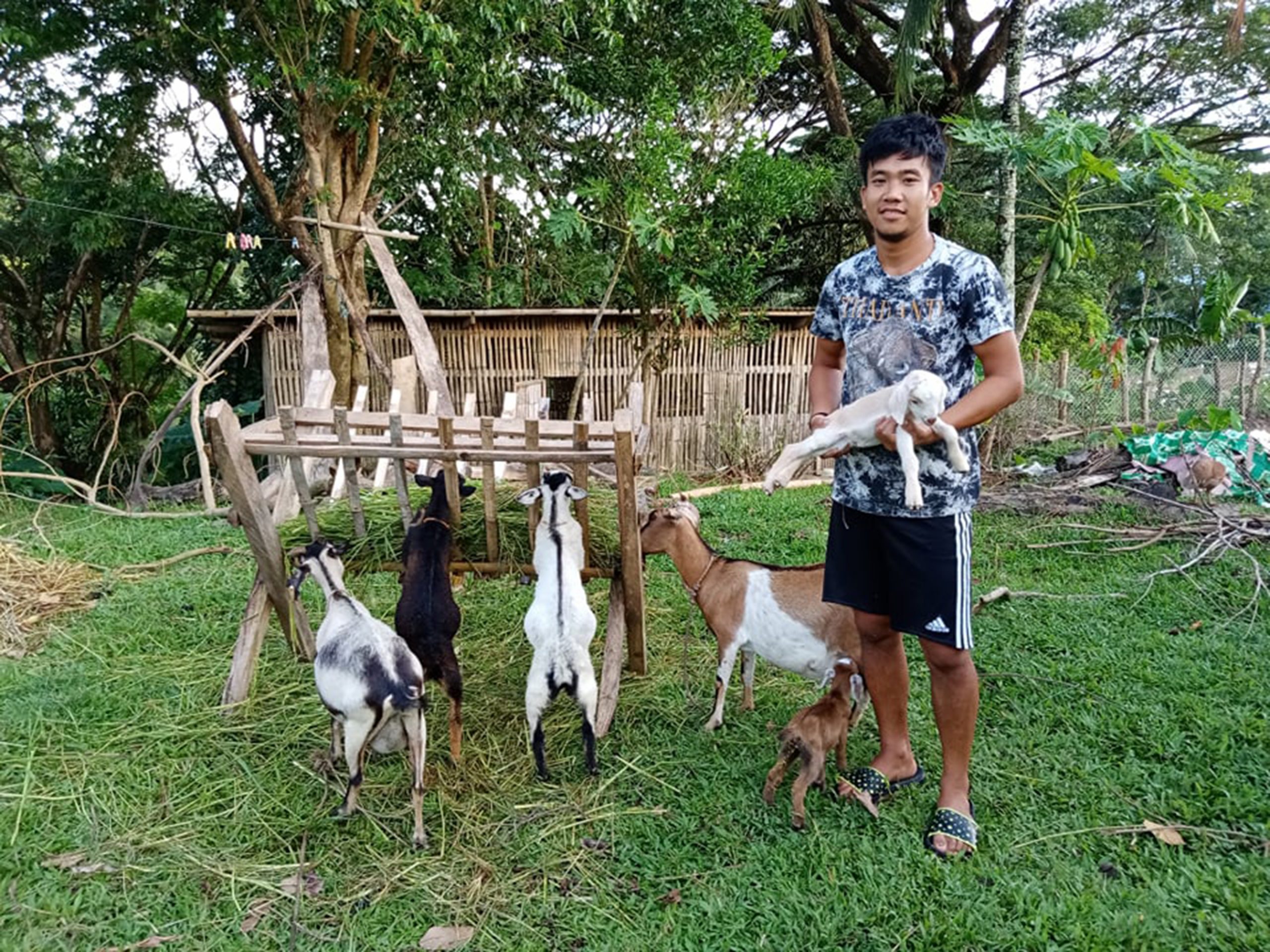
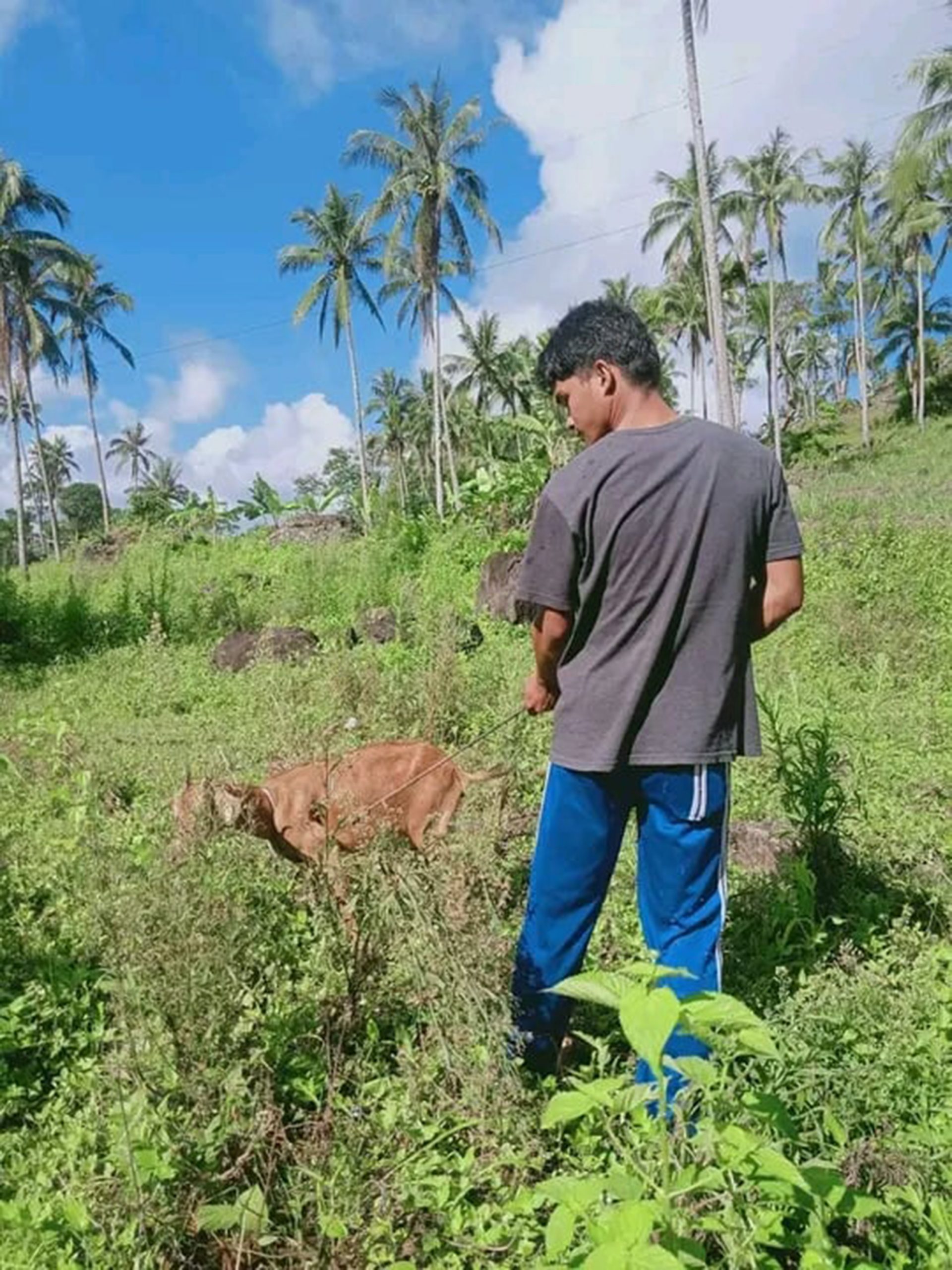

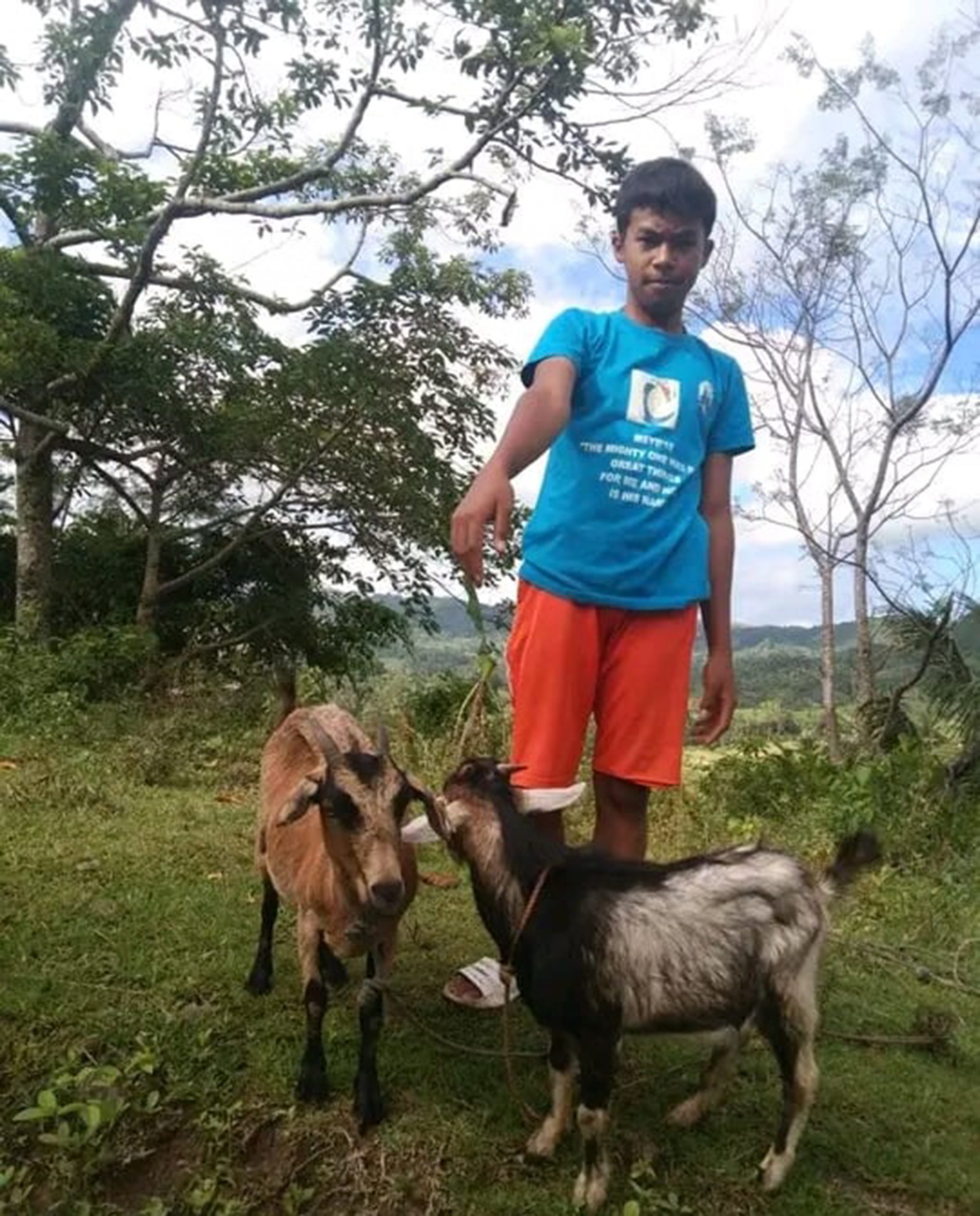
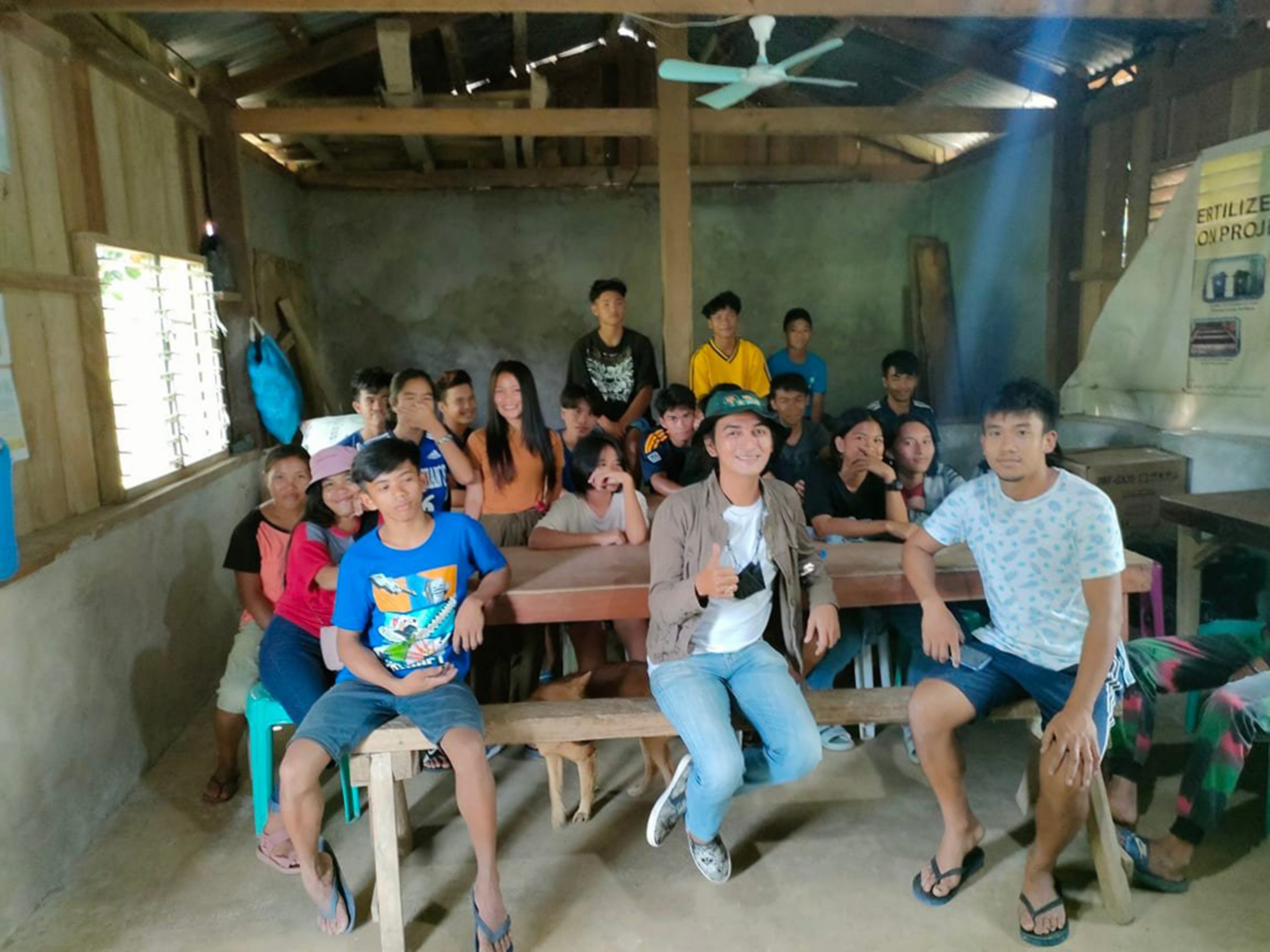
Comments (0)